
The Lost Leonardo Review
A work of art that is thought to have been painted by one of the world’s greatest artists. There is a fierce discussion about its validity among art historians, restorers, and critics. A series of fantasy sales, as well as the participation of a foreign royal. These facts sound like they belong in a story or a thriller film, but they are the truth as told in Andreas Koefoed’s new documentary, The Lost Leonardo.
The video delves into the mysteries and sales of the Salvator Mundi artwork, which dates from the early sixteenth century and is thought to have been produced by legendary Renaissance artist Leonardo da Vinci himself. It is painted on wood and represents Jesus Christ holding an orb in one hand and making the sign of the cross in the other.
Previously, the picture was supposed to have been done in Leonardo’s manner, possibly in his studio or by one of his assistants. However, Alexander Parish purchased it in New Orleans in 2005. Parish refers to himself as a “sleeper hunter,” with a “sleeper” being an artwork that is thought to be more valuable or by a more famous artist than the person selling it recognizes.
Parish and dealer Robert Simon took the picture to conservator Dianne Modestini, who spent years recovering it from its shattered state. During this time, academics debated whether the artwork was wholly by Leonardo, partially by him, or merely created in his workshop.
The video raises intriguing concerns concerning the worth of art based on the artist, as well as how we might determine who created a painting created around the year 1500. But it’s also a story about social capital and financial markets, about people who see art as a commodity that may help them advance in life.
The artwork was included in an exhibition at the National Gallery in London from 2011 to 2012, marking its official debut as a potential Leonardo in the art world. However, experts were still divided. There are just fifteen known Leonardo works that have survived, which explains why discovering a new one would be such a huge accomplishment.
The Misplaced Leonardo does a wonderful job of presenting a variety of viewpoints on the picture and its origins. Interviewees range from curators to CIA personnel, and they speak directly to the camera about how events around the Salvator Mundi occurred.
The two highlights of these interview subjects are without a doubt the very earnest Modestini, whose faith in the painting’s authenticity and dedication to art being something that should be enjoyed by the general public is touching, and the snarky art critic Jerry Saltz, whose views are biting but highly amusing.
The documentary shifts once the painting is removed from the National Gallery and placed on the market for sale. It is no longer interested with whether or not it was painted by Leonardo, but rather with the exciting story of the painting’s sales and the mystery of where it is now. It digs into the seedier deals and intrigues of the art world, where some people consider paintings like this one as financial assets or status symbols.
The interviews are intercut with gorgeously shot B-roll and footage from television appearances, marketing materials, and auctions. The dark grey color that pervades much of the film contributes to the hazy ambiance. Despite the fact that a lot of information is conveyed, the pacing keeps the picture on track and it never feels overly complex.
For the most of the program, The Lost Leonardo is not concerned with determining whether or not the picture was done by Leonardo himself. It is mainly concerned with the ongoing argument over the painting and the actions performed as a result of people accepting that it was. The documentary is able to open up the largely invisible dealings of the art world in a way that anyone with no prior knowledge may understand.
Without giving too much away, the ending of this narrative is quite unsatisfactory. But perhaps that’s the point — it’s easy to sympathize with those who were part in this process from the start, such as Parish and Modestini, who undoubtedly longed for a different ending.
“This is the most unlikely narrative that I think has ever transpired in the art market,” says Bank of America CEO Evan Beard at the start of the documentary. At moments, it feels more like fiction than fact, but The Lost Leonardo is an exciting look at the real-life circumstances surrounding what could be one of the most significant discoveries in the art world in recent history.
Genre: Documentary, Documentry, Movie Reviews
Director: Andreas Koefoed
Actors: Alexandra Bregman, Alison Cole, Dianne Dwyer Modestini, Evan Beard, Georgina Adam, Warren Adelson, Yves Bouvier
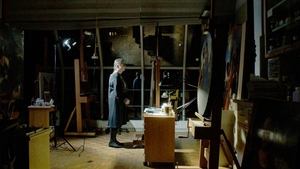
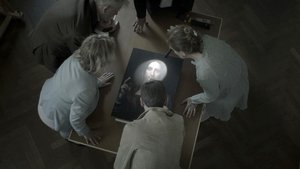

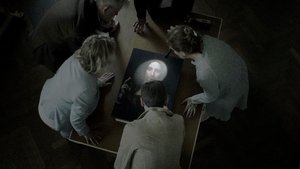

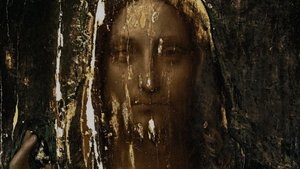
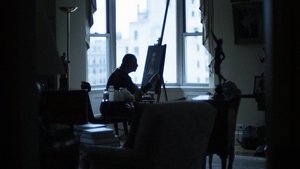

Leave a Reply
You must be logged in to post a comment.